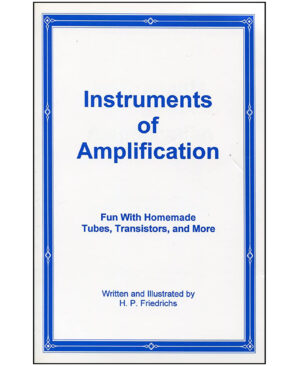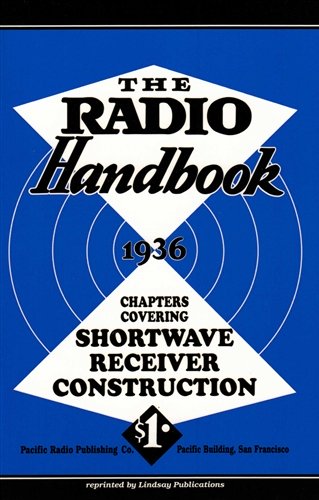Description
Raytheon was one of the largest manufacturer of vacuum tubes for both military and civilian applications.
This was originally published in 1945 and this is a high quality reprint of the original.
Inside is tube data of all Raytheon tubes including electrical characteristics, basing connections, style and size of base, style and size of bulb as well as recommended substitutions.
Also included are two articles on making short wave receivers.
The following is the description from the publisher’s old site:
“Here you get a tube manual listing the receiving tubes commonly available at the end of WW II. You get specifications and tube basing for metal octals, early miniatures like the 9002, battery operated tubes, five pin 2.5 volt filament tubes (still easy to get), six and seven pins jobs, even the loctals. You get data on regulator tubes and even the flat, miniature "hearing aid" tubes. You even get data on the early tubes like 00 and 01, the 30, and the 15. You don’t get data on late tubes like the 6AU6, 6U8, or television sweep tubes. No transmitting tubes. You get a valuable section on tube substitution. That could be useful if you find an old tube and wonder if it could become a receiver. You find that a circuit uses a expensive tube that you can’t afford; just use a similar cheap tube instead.
You get tips on modifying a receiver to take a substitute. We added pages to the original manual from a reprint we offered years ago entitled "How to Build and Operate Short Wave Receivers." You get five articles: The Superior Short Wave Receiver Used at G2DT, How to Obtain Smooth Regeneration in S-W Receivers, The Ham’s Own Receiver, Adding an Untuned Radio Frequency Stage, and How to Gain Detector Sensitivity. In addition, you get two brand-new pages with suggestions on how to take a very old radio circuit and modify it to use more modern 2.5 or 6.3 volt filament tubes. So if you see an unusual circuit from 1923 and want to use 1943 tubes, this will give you an excellent chance of making it work. Lots of valuable info for the vacuum tube radio builder at a very reasonable price. Get one for your reference library”. 41 pages, softcover.
41 pages, softcover,











